The Palais Garnier was built for the Paris Opera between 1861 and 1875 and today is one of the most important buildings in Paris.
Situated in the 9th arrondissement of Paris, the opera house got its first name because of its location, and it was called “Salle des Capucines” and later became known as the Palais Garnier in honor of its architect, Charles Garnier. Today, the opera house is mainly used for ballet, and it also houses the Paris Opera Library-Museum.
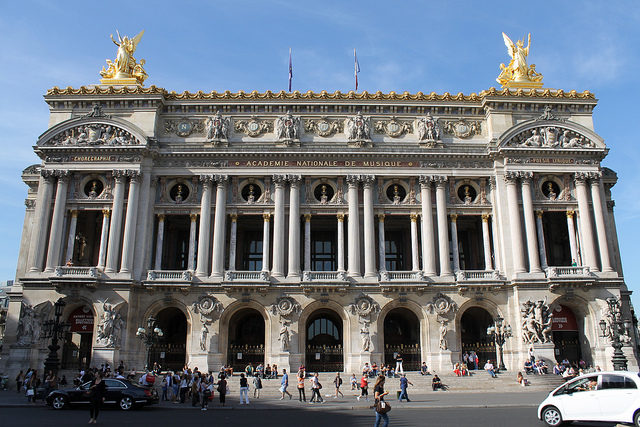
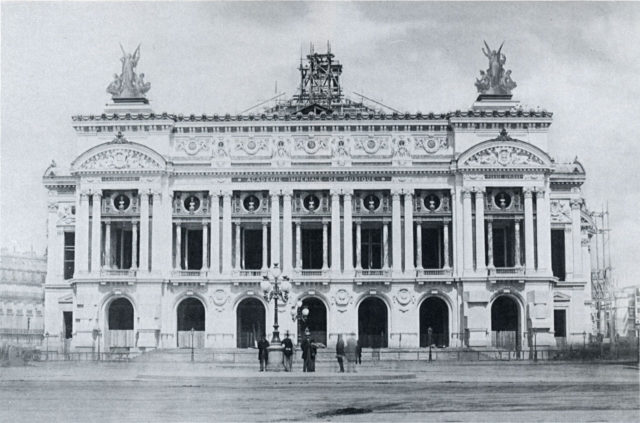
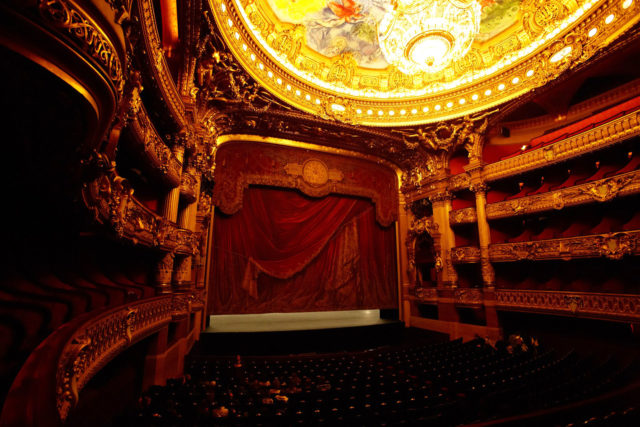
The current opera house is made in the Second Empire style, in French known as Style Napoleon III. Garnier invented this style which is a mix of European styles from the past including unique baroque curves and ornamental sumptuousness. In 1867, the facade of the opera house was made, and in short time, the emperor selected Baron Haussmann to built him a new axis which will link the opera to the Tuileries Palace which was his residence.
Haussmann’s wanted to plant trees on the street of the opera, but Garnier was against that idea because he thought that they would be in the way of the grand view of the building. Haussmann is best-known for his Grand Boulevards.
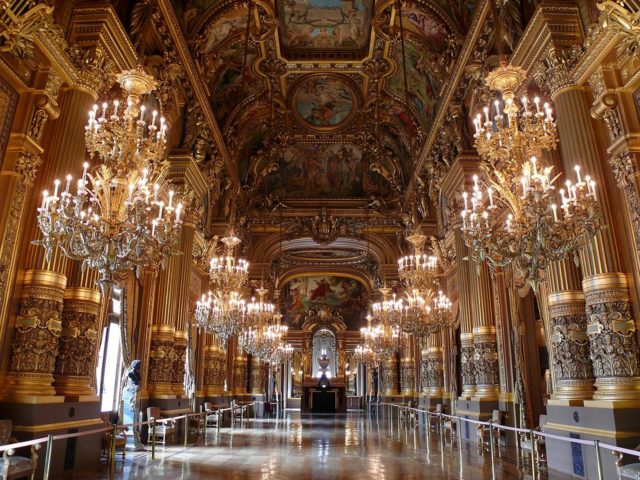
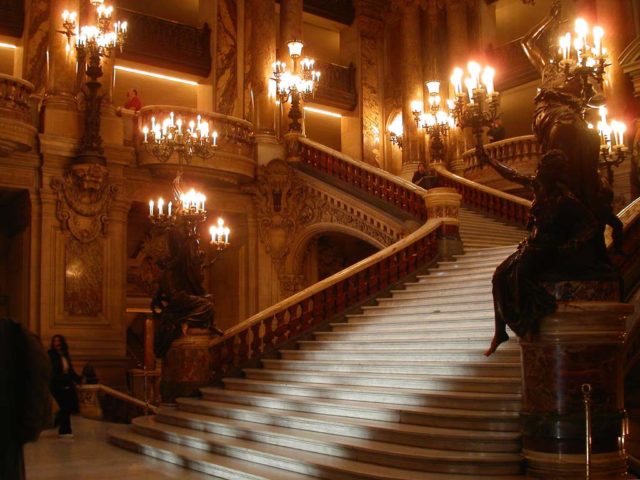
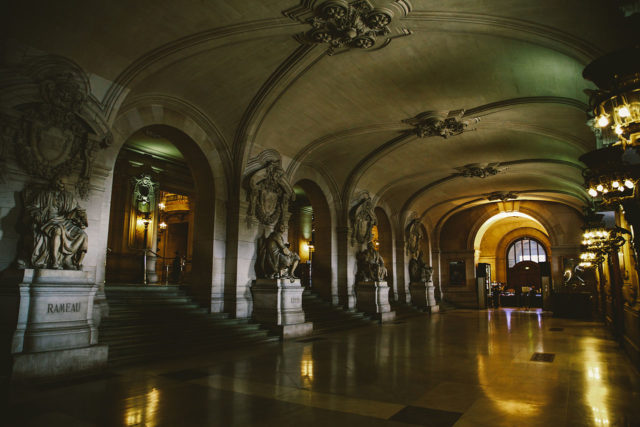
.
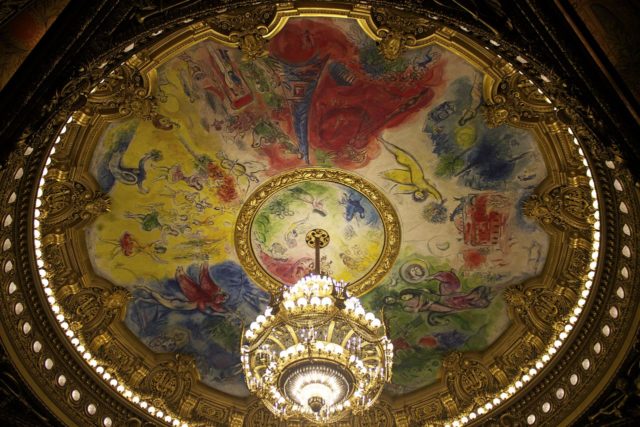
During the Franco-Prussian war, the construction of the building was stopped and used as a warehouse. At the end of the war in 1871, the empire fell, and the Third Republic was proclaimed after Napoleon III had escaped in England.
In 1873, the government called Garnier again to restore the building because it had burned down. In 1923, the opera house was listed as a Historic Monument by the French State, and it went under several restorations between 2000 and 2010.
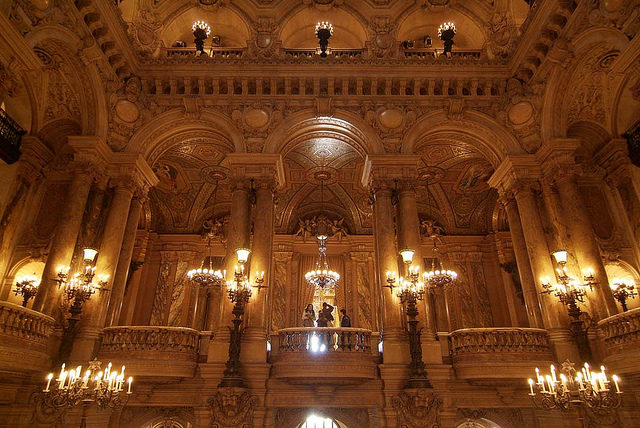
The interior is in Baroque style and includes alcoves, corridors, landings, and stairwells of white marble which were made similar to the staircase of the Theatre de Bordeaux made by Victor Louis. The Grand foyer was at first designed to be a drawing room for the people of Paris, and it was restored in 2004.
In the Auditorium, there are 1,979 seats which make it the largest in Europe. Jules Eugene Lenepveu painted the ceiling area around the gorgeous chandelier, and later it was replaced with a design of Marc Chagall who painted scenes from operas by great compositors like Mozart, Berlioz, Tchaikovsky, Beethoven and ten more. This magnificent construction was an inspiration for many other buildings around the world. The Juliusz Slowacki Theatre in Krakow, Poland is based on the Palais Garnier’s design.
